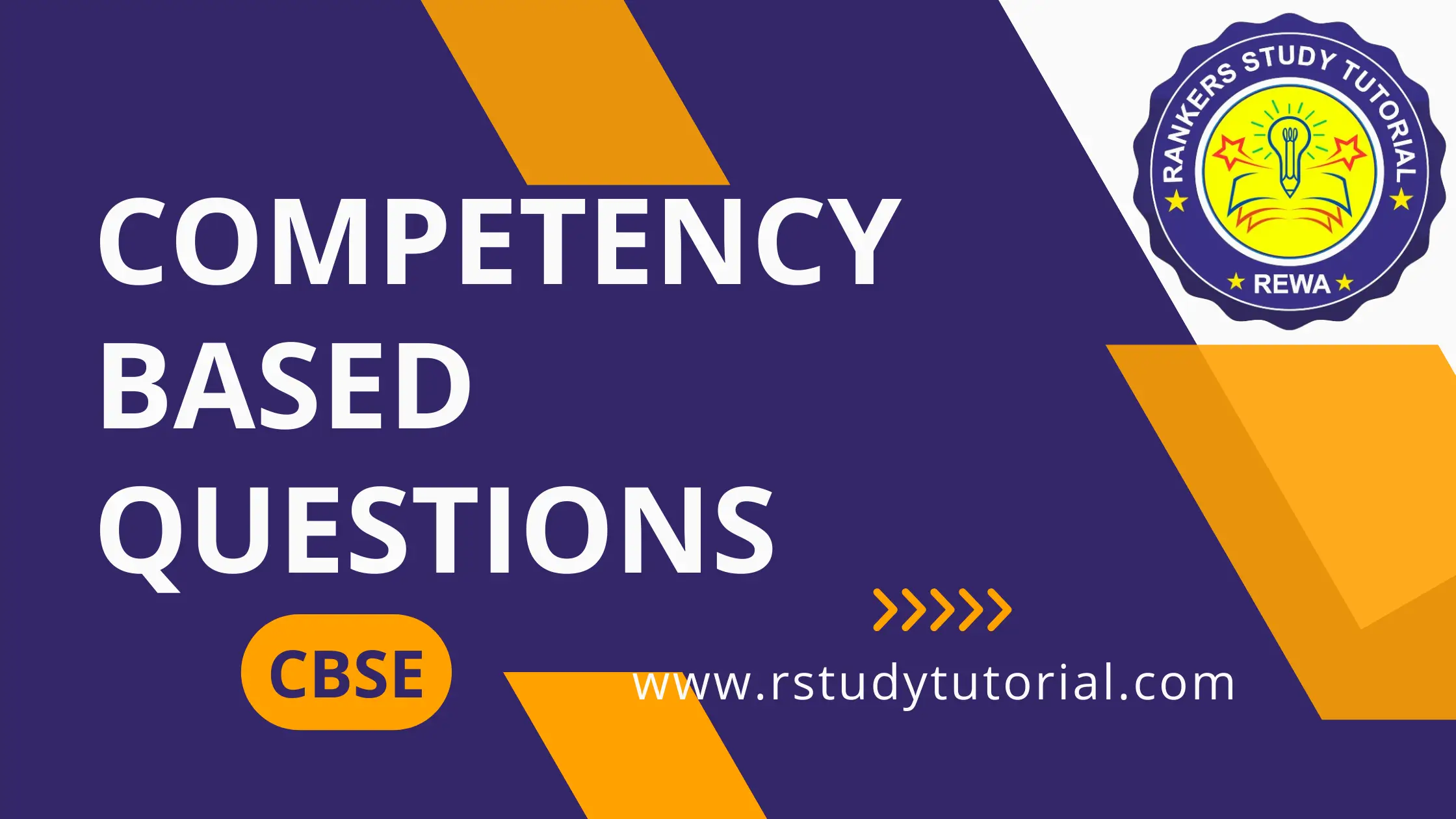Hint: Represent two quantities in same unit in order to compare them.
Question.1. If Rahul walks 9 km in a week and Vansh walks 900 m daily, which of these is true about the distances they cover in a week?
(a) Vansh walks 7.2 km more than Rahul.
(b) Vansh walks 2 km more than Rahul.
(c) Rahul and Vansh both cover the same distance.
(d) Rahul walks 2.7 km more than Vansh.
Question.2. Rajat bought 750 g of onions and 1.5 kg of tomatoes. Which option correctly compares the quantities of vegetables Rajat bought?
(a) Tomatoes were twice the quantity of onions
(b) There was equal quantity of tomatoes and onions
(c) Onions were twice the quantity of tomatoes
(d) Tomatoes were three times the quantity of onions
Ans.1. (d) Rahul walks 2.7 km more than Vansh.
Ans.2. (a) Tomatoes were twice the quantity of onions
Hint: Compare two quantities in order to find their ratio.
Question.3. A jar contains 1 rupee, 50 paise and 25 paise coins. There is a total of 10 coins in the jar such that
number of 50 paise coins < number of 25 paise coins < number of 1-rupee coins
If one-fifth of the coins are of 50 paise, which of these is the ratio of 1-rupee coins to the total number of coins?
(a) 1:2
(b) 2:5
(c) 1:5
(d) 4:5
Question.4. Every month a person earns Rs. a, saves Rs. b and spends the rest. What is the ratio of expenditure to the earnings per month?
(a) (a+b):a
(b) (a-b):(a+b)
(c) (a-b):b
(d) (a-b):a
Ans.3. (a) 1:2
Ans.4. (d) (a-b):a
Hint: Multiply/divide numerator and denominator by same number in order to find equivalent ratio.
Question.5. The ratio 16 is to 44 is the same as _______.
(a) 2 is to 11
(b) 1 is to 2
(c) 4 is to 11
(d) 11 is to 4
Question.6. If 8:10 is equivalent to (1.2m):(2m-5), which of these is equivalent to (m+5):(2m+5)?
(a) 1:1
(b) 3:5
(c) 25:15
(d) 4:5
Ans.5. (c) 4 is to 11
Ans.6. (b) 3:5
Hint: Compare ratio in order to determine whether they are in proportion.
Question.7. In which order should the numbers 6, 12, 18 and 36 be placed such that they are in proportion?
(a) 36:12 :: 6:18
(b) 36:18 :: 6:12
(c) 18:12 :: 36:6
(d) 18:36 :: 6:12
Question.8. For what value of t, the numbers 9, 15, t, (2t − 1) will be in proportion where t is a number greater than 1?
(a) \frac{1}{3}
(b) 3
(c) \frac{5}{7}
(d) 6
Ans.7. (d) 18:36 :: 6:12
Ans.8. (b) 3
Hint: Solve the proportion in order to find out the missing term.
Question.9. If 9:15 :: 27:m are in proportion, what is the value of m?
(a) 5
(b) 45
(c) 33
(d) 16.2
Question.10. All the numbers in the proportion p:q :: r:s are integers greater than 1. The product of means in the proportion is 30. If s is the smallest integer possible, what is the value of p?
(a) 60
(b) 10
(c) 15
(d) 28
Ans.9. (b) 45
Ans.10. (c) 15
Hint: Solve the problems with the help of Unitary method in order to compute the value of one article, given the value of many.
Question.11. If the cost of 4 handcrafted baskets is Rs. 800, how much is the cost of 7 such baskets?
(a) Rs. 2800
(b) Rs. 2100
(c) Rs. 1200
(d) Rs. 1400
Question.12. At an exhibition, a man can purchase 5 tickets for Rs. 675. To purchase 7 tickets in total, how much more money is needed?
(a) Rs. 270
(b) Rs. 370
(c) Rs. 945
(d) Rs. 1620
Ans.11. (d) Rs. 1400
Ans.12. (a) Rs. 270



